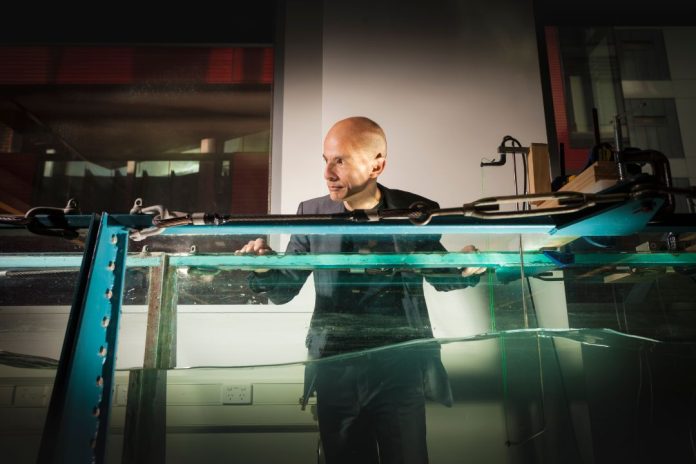
Swinburne University researchers are examining the use of wave energy converters to absorb and reflect the damaging waves that pound Australia’s vulnerable coastlines during severe weather events.
Project lead, Professor of Fluid Dynamics Richard Manasseh, said the wave energy converters, which are designed to be partially or completely underwater, extract renewable energy from the ocean that could be fed back into the grid as green electricity.
“Conventional barriers, like sea walls, have a permanent impact on the environment and are a sunk cost for taxpayers,” Professor Manasseh said.
“By using a series of controllable wave energy converter units, we could use electricity sales to help pay back the costs involved, while reducing the risks of severe erosion and flooding.”
“We can also minimise the impacts on the local ecosystem. With care, local biodiversity may be regenerated or even enhanced.”
The three-year, 2-million research is being carried out in partnership with Victoria’s Moyne Shire Council and Western Australia’s Mid West Ports Authority, with the University of Adelaide and UNSW also part of the collaboration.
Swinburne Chief Scientist Virginia Kilborn said the research – which is backed by an Australian Research Council Linkage grant – “shows the importance of partnering with industry to create sustainable solutions to complex problems”.
“By bringing people and technology together, we are creating a local solution that could have extraordinary global ramifications for energy production and the environment,’ Professor Kilborn continued.
“As an organisation that is committed to being carbon neutral by 2025, Swinburne is proud to be working with the community to help drive this important work.”




















